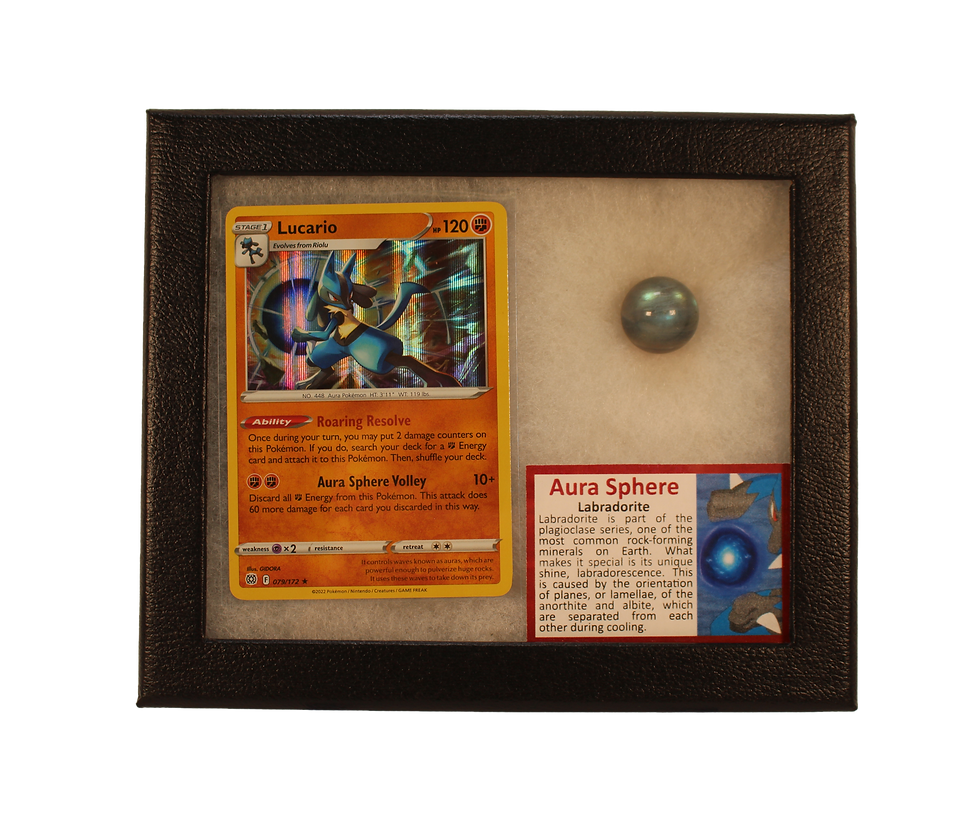NASA Gemini Era First Day Cover
Dated: June 3, 1966
Gemini - Launched from Cape Kennedy, FL
EX NASA Employee Collection
~ Project Gemini ~
Project Gemini was NASA's second human spaceflight program. Conducted between projects Mercury and Apollo, Gemini started in 1961 and concluded in 1966. The Gemini spacecraft carried a two-astronaut crew. Ten Gemini crews and 16 individual astronauts flew low Earth orbit (LEO) missions during 1965 and 1966.
Gemini's objective was the development of space travel techniques to support the Apollo mission to land astronauts on the Moon. In doing so, it allowed the United States to catch up and overcome the lead in human spaceflight capability the Soviet Union had obtained in the early years of the Space Race, by demonstrating: mission endurance up to just under 14 days, longer than the eight days required for a round trip to the Moon; methods of performing extra-vehicular activity (EVA) without tiring; and the orbital maneuvers necessary to achieve rendezvous and docking with another spacecraft. This left Apollo free to pursue its prime mission without spending time developing these techniques.
All Gemini flights were launched from Launch Complex 19 (LC-19) at Cape Kennedy Air Force Station in Florida. Their launch vehicle was the Gemini–Titan II, a modified Intercontinental Ballistic Missile (ICBM). Gemini was the first program to use the newly built Mission Control Center at the Houston Manned Spacecraft Center for flight control.
The astronaut corps that supported Project Gemini included the "Mercury Seven", "The New Nine", and the 1963 astronaut class. During the program, three astronauts died in air crashes during training, including both members of the prime crew for Gemini 9. This mission was flown by the backup crew.
Gemini was robust enough that the United States Air Force planned to use it for the Manned Orbital Laboratory (MOL) program, which was later canceled. Gemini's chief designer, Jim Chamberlin, also made detailed plans for cislunar and lunar landing missions in late 1961. He believed Gemini spacecraft could fly in lunar operations before Project Apollo, and cost less. NASA's administration did not approve those plans. In 1969, McDonnell-Douglas proposed a "Big Gemini" that could have been used to shuttle up to 12 astronauts to the planned space stations in the Apollo Applications Project (AAP). The only AAP project funded was Skylab – which used existing spacecraft and hardware – thereby eliminating the need for Big Gemini.
The constellation for which the project was named is commonly pronounced /ˈdʒɛmɪnaɪ/, the last syllable rhyming with eye. However, staff of the Manned Spacecraft Center, including the astronauts, tended to pronounce the name /ˈdʒɛmɪni/, rhyming with knee. NASA's public affairs office issued a statement in 1965 declaring "Jeh-mih-nee" the "official" pronunciation.[2] Gus Grissom, acting as Houston capsule communicator when Ed White performed his spacewalk on Gemini 4, is heard on flight recordings pronouncing the spacecraft's call sign "Jeh-mih-nee 4", and the NASA pronunciation is used in the 2018 film First Man.
NASA Gemini Era First Day Cover ~ June 3, 1966
Smoky Mountain Relic Room offers a 30 day return policy with proof of purchase.
-Limited Lifetime Authenticity Guarantee-
The Smoky Mountain Relic Room stands behind the items we sell with a limited lifetime guarantee. We will exchange any item for store credit if the item sold is found by a certified authenticator not to be the authentic artifact, fossil, meteorite, or mineral that we advertised it as being. A letter, specific to the artifact, fossil, meteorite, or mineral in question, from a certified authenticator (in the business under the occupation-specific to the item in question), must be brought in with the item for the return to be acceptable. This guarantee is for the lifetime of the initial purchaser only. See the Relic Room Manager, downstairs inside Smoky Mountain Knife Works, for more information. Original receipt required for exchanges.



















